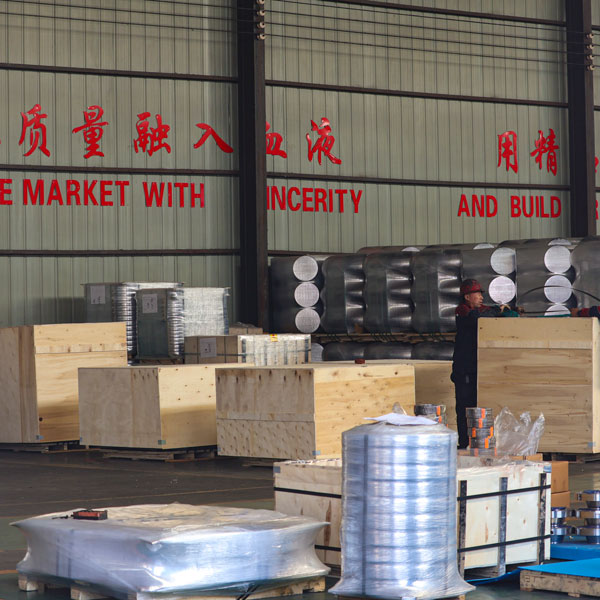Introduction to ASTM A860 forged low alloy high strength butt weld fittings
ASTM A860 is a standard that covers the specifications for forged low alloy high strength butt-weld fittings used in high-pressure oil and gas transmission and distribution systems. These fittings, made from seamless or electric fusion welded pipe material, are designed to withstand the rigors of high-pressure applications. The A860 standard is often referenced in conjunction with ASME B16.9, B16.28, and MSS SP-75 standards, but it includes specific additional requirements, such as those found in the A960 Supplementary Requirement S58.
Overview of ASTM A860
ASTM A860 fittings are produced in several steel grades, each with distinct properties tailored to the demands of high-pressure systems. The available grades include:
WPHY42,WPHY46,WPHY52,WPHY60,WPHY65,WPHY70
These grades correspond to the steel grades used in API 5L pipes, with “WP” standing for Wrought Pipefitting and “HY” representing High Yield steel, which indicates the strength of the material. A860 fittings are specifically designed for use in pipelines that require high strength and reliability under extreme operating conditions.
Chemical Composition
The chemical composition of ASTM A860 fittings is crucial to ensuring the strength and performance of the fittings under high pressure. The composition requirements are as follows (maximum percentages):
Carbon (C): ≤ 0.20%,Manganese (Mn): 1.00-1.45%,Phosphorus (P): ≤ 0.030%,Sulfur (S): ≤ 0.010%,Silicon (Si): 0.15-0.40%,Nickel (Ni): 0.50%,Chromium (Cr): 0.30%,Molybdenum (Mo): 0.25%,Copper (Cu): 0.35%,Titanium (Ti): 0.05%,Vanadium (V): 0.10%,Columbium (Cb): 0.04%,Vanadium + Columbium (V + Cb): ≤ 0.12%,Aluminum (Al): 0.06%
The carbon equivalent (CE) must not exceed 0.42%, and the chemical content limits for Ni, Cr, Mo, and Cu combined must not exceed 1.0%. This ensures the material’s strength, weldability, and resistance to corrosion.
Mechanical Properties
The mechanical properties of ASTM A860 fittings, including tensile strength and yield strength, are essential to their performance in high-pressure environments. The tensile and yield strength requirements for different grades of ASTM A860 are as follows:
WPHY42:
Tensile Strength: 415-585 MPa
Yield Strength: 290 MPa
WPHY46:
Tensile Strength: 435-605 MPa
Yield Strength: 315 MPa
WPHY52:
Tensile Strength: 455-625 MPa
Yield Strength: 360 MPa
WPHY60:
Tensile Strength: 515-690 MPa
Yield Strength: 415 MPa
WPHY65:
Tensile Strength: 530-705 MPa
Yield Strength: 450 MPa
WPHY70:
Tensile Strength: 550-725 MPa
Yield Strength: 485 MPa
These strength requirements ensure that ASTM A860 fittings are durable enough to withstand the demanding conditions of high-pressure pipelines and prevent failures or leaks.
Hardness
The hardness of ASTM A860 fittings is also specified to ensure durability and wear resistance. The maximum hardness for these fittings is 22 HRC (235 HB).
Applications of ASTM A860
Due to their high strength and excellent mechanical properties, ASTM A860 fittings are ideal for use in high-pressure pipelines in industries such as oil and gas, petrochemicals, and power generation. These fittings are used to connect pipes, valves, and pumps in critical systems that require durable and reliable connections under extreme conditions.

